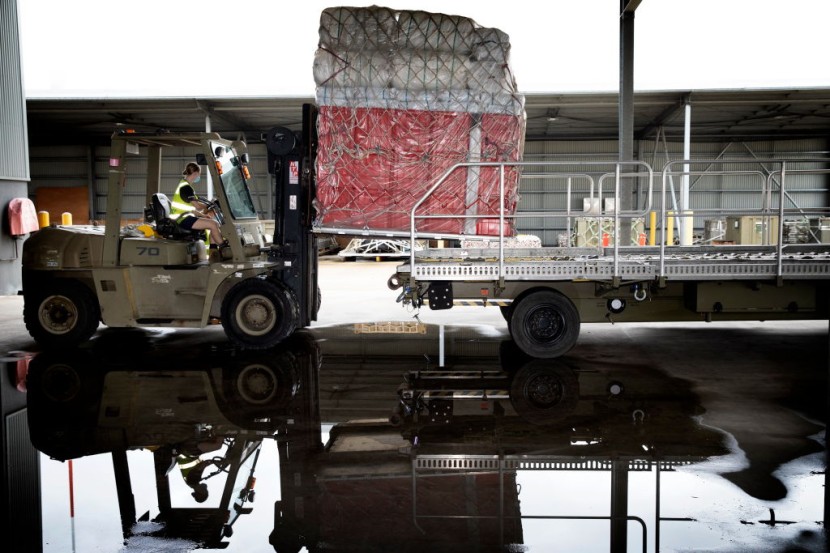
The military transport planes carrying clean water and other relief supplies had finally arrived in Tonga on Thursday when the island nation's airport was cleared of ashes from a massive volcanic eruption.
Two military planes from New Zealand and Australia were loaded with water containers, water purifiers, kits for temporary shelters, generators, hygiene supplies, and communication equipment, as per Reuters.
According to BBC, the Australian plane had a sweeper to help the runway clear. Australian Defense Minister Peter Dutton confirmed the plane's arrival in Tonga on Twitter.
The first of Australian humanitarian assistance and disaster relief supplies have landed in Tonga. Tonga is a very important member of our Pacific family and we have committed to supporting them however we can. pic.twitter.com/egmD9nD3eo
— Peter Dutton (@PeterDutton_MP) January 20, 2022
Rear Admiral James Gilmour, the Joint Forces of New Zealand commander, commended Tongan soldiers for their "mammoth effort" to clear the runway "by hand."
To prevent a COVID-19 outbreak in Tonga, military personnel observed physical distancing while dropping off the humanitarian supplies.
Japan's Defense Ministry announced that it would send aid to Tonga that includes drinking water and ash-cleaning equipment via two c-130 Hercules aircraft and a transport vessel carrying two CH-47 Chinook helicopters. The ministry said the transports are scheduled to depart on Thursday.
Wrath Of Volcano Impacts Thousands
The United Nations estimate around 84,000 people have been affected by the massive eruption of the undersea Hunga Tonga Hunga Ha'apai volcano on Saturday; three persons were killed, hundreds of houses were demolished by the tsunami also polluted water sources, as per AP News.
NASA reported that the force of the eruption, which was seen from space, was calculated to be five to 10 megatons of TNT or more than 500 times that of the nuclear bomb the US had dropped on Hiroshima in Japan at the end of World War II.
The UN determined the top humanitarian need for Tonga are safe drinking water, food, and non-food goods and restoration of communication services, particularly international calls and the internet.
Satellite Communication Improves
Meantime, satellite communication service in the Pacific island country had improved on Wednesday as ash clouds cleared. Thus, reviving international calls from some locations via satellite links, according to telecommunication company Digicel.
However, the service is limited in the meantime due to high demand and the limited capacity of the satellite link that people may need to attempt multiple times to connect. Such was experienced by the Deputy President of the Tonga Australia Chamber of Commerce, Koniseti Liutai.
The volcanic eruption had seriously damaged Tonga's underwater fiber-optic communication cable resulting in the downing of the internet and other communication with the rest of the world.
As Tonga went offline, residents' families and friends outside the nation were anxious. Tongan officials' counterparts were also clueless on the magnitude of the destruction after the eruption.
But on Thursday, some of the families abroad were finally able to connect with their loved ones in Tonga. With the resumption of some transmissions, more and more photos have begun to emerge, showing the great devastation. The once-verdant islands turned charcoal black brought by thick coatings of volcanic dust.
In the meantime, a repair ship from Papua New Guinea was sent to fix the damaged undersea cable. Digicel advised customers to be more patient, for it will take more than four weeks to restore communication services in Tonga fully.
Related Article : Submarine Volcano Eruption With 7.4 Magnitude Earthquake Devastated the Capital of Tonga; Status of the Island Remains Unknown as Communication Lines Are Down








